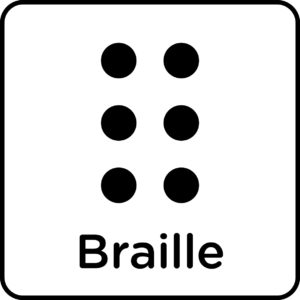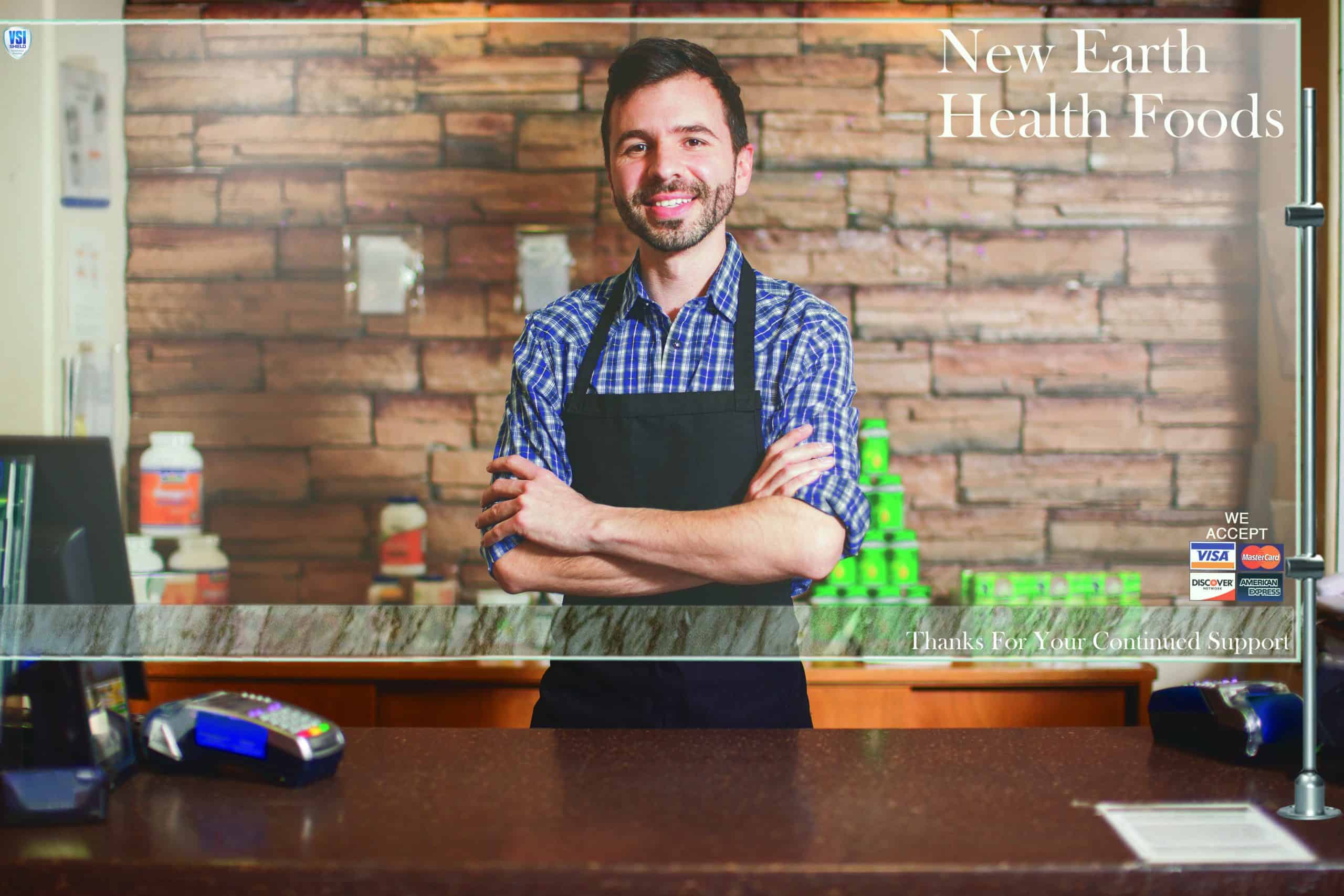Signage and branding can be used to enhance the work environment, from the entrance, to the foyers, the hallways, and the offices themselves. This can be used as part of an overall strategy to help boost productivity, employee retention, and to promote a strong positive work culture. Signage is also key for promoting a strong sense of place with visitors and can be effectively used to guide visitors to where they are needing to go. In this guide, we breakdown the types of interior signage, along with how each can be used to effectively enhance your office space.
Second Surface Door or Window Vinyl

Whether you have a large complex, or a small office space, second surface vinyl is often the first interior signage that visitors and your employees will see. If you only have one entry door then this is the perfect space to brand your door with your logo, and it’s also a key location to add business hours to help indicate your open hours. If you have a complex with many doors, then interior door vinyl can help indicate which doors are publicly accessible, and which are not, and with further branding you can promote a sense of place as your logo could appear on all the doors of your facility.
Wall Logo / Lobby Signs

If you enter an office for the first time, you’ll likely see the logo on a side or back wall opposite the door so that when anyone enters the room it’s one of the first things they see. This can be done in a simple fashion or in a more ornate artistic style. Either way, by including this feature this sign not only helps highlight your office’s brand but it also helps assure any office visitors that they have indeed arrived at the location they’re seeking.
Entryway Directory
Directories are essential for new visitors in particular to find their way around your office space. By providing a directory upon entry, visitors will find who they’re looking for quickly and see what room they’re located in.
Wayfinding Signage

Pair a directory with additional wayfinding signage to help get visitors on the right foot. Wayfinding signage systems can be a perfect way to help direct traffic where you want it to be, and it can also be an opportunity for branding as brand colors and fonts can be included. Wayfinding signage can include everything from statuatory signs, built to display rules and regulations, to identificational signs, which indicate the name and purpose of a place or space.
Learn all about the six types of wayfinding signage in our blog: Wayfinding Systems Solutions Through Signage
Title Signs
Title signs are perhaps the most omnipresent example of identificational signs. Each office space will undoubtedly have an occupant, or more, and by putting the name and title of the teacher, professor, office worker, etc. in a small sign on the door visitors know that they’re at the office space of said person. These can be fabricated in such a way as to slide in a frame , should they need to be replaced as office workers come and go. Digital LED screens can even be used in this manner as well, which will help increase the longevity of the sign though at a perhaps greater initial cost.
Branded ADA Signs

ADA signs are a requirement for most any office, and while there are specific requirements for ADA signs there still exists the opportunity to brand ADA signs with colors or logos.
Environmental Graphics, Murals, and Wall Art

Wall art and mural art are perhaps the greatest assets for adding creative uses of branding in an interior space. Even if the logo isn’t included you can use brand colors in the art to signify your brand in a more subtle fashion.
Oftentimes too wall art is an opportunity to tie an office closer to the community they serve, whether that be photos of the city from which they operate or perhaps photos or graphics of their customers. Employees can also be represented through wall art as well.
Neon Signs

Neon signs have historically been considered primarily as exterior signage, except for perhaps the many neon bar signs one finds. More and more though neon signs are used as accent pieces to brighten, metaphorically and literally, office spaces. These can be fun ways for offices to emphasize a motto, the brand name and logo, or to simply create a pleasant vibe in the office space.

Our team fabricates Neon signs for Interior and Exterior uses:
Download our FREE guide to learn all about neon signs today!




























![[Total Number of ADA Title III Federal Lawsuits Filed Each Year January 1, 2013 – December 31, 2021: 2013: 2,722; 2014: 4,436 63% increase over 2013; 2015: 4,789 8% increase over 2014; 2016: 6,601 38% increase over 2015; 2017: 7,663 16% increase over 2016; 2018: 10,163 33% increase over 2017; 2019: 11, 053 9% increase over 2018; 2020: 10,982 1% decrease from 2019]](https://www.adatitleiii.com/wp-content/uploads/sites/121/2021/02/Yearly.png)



